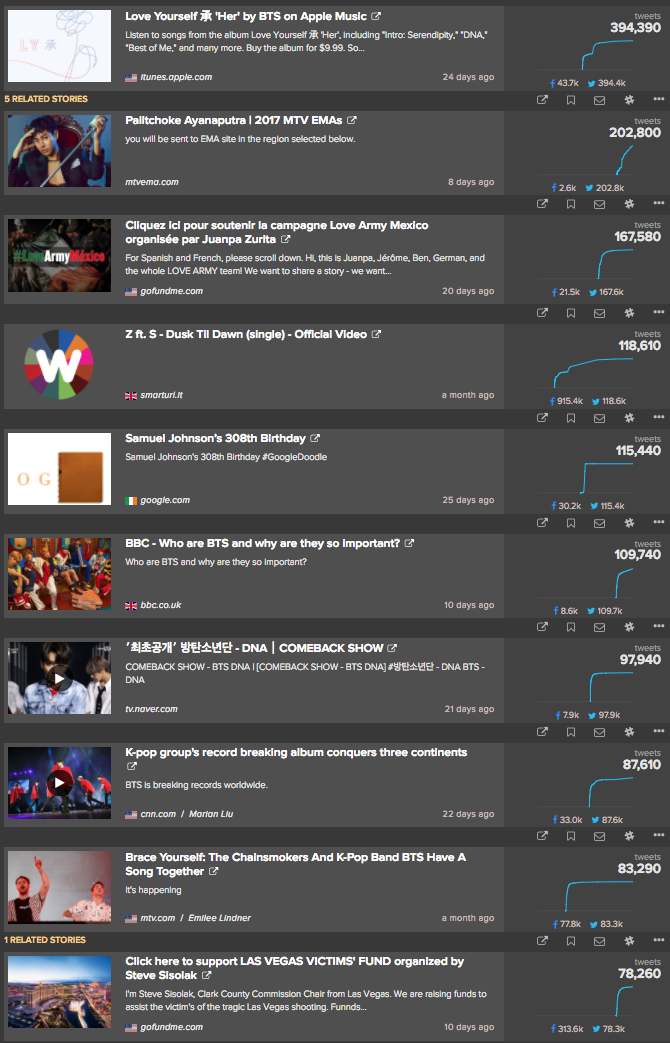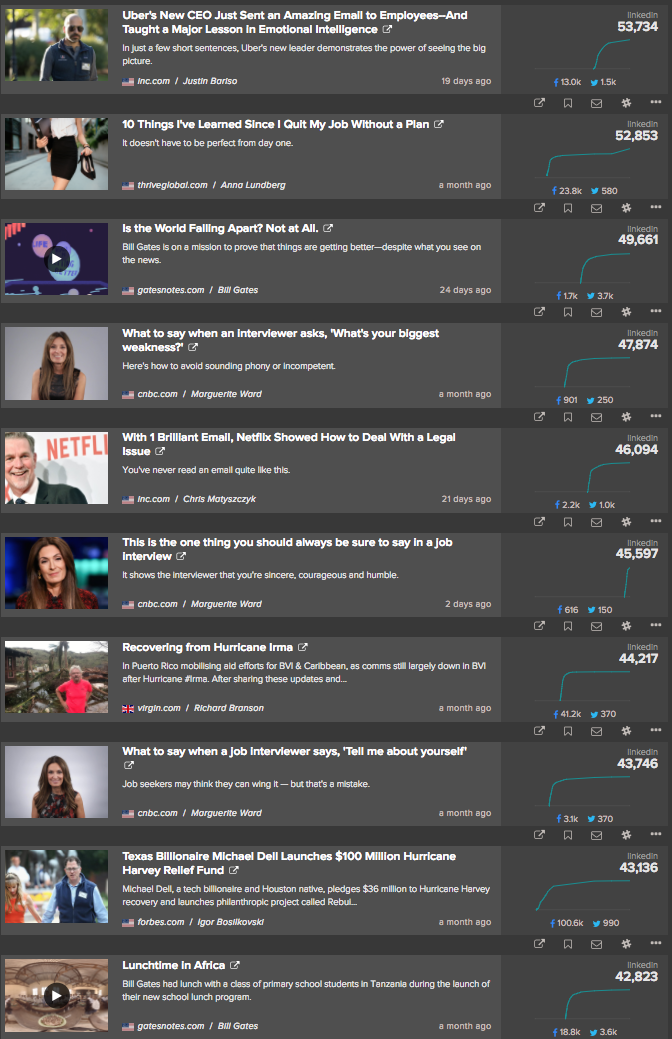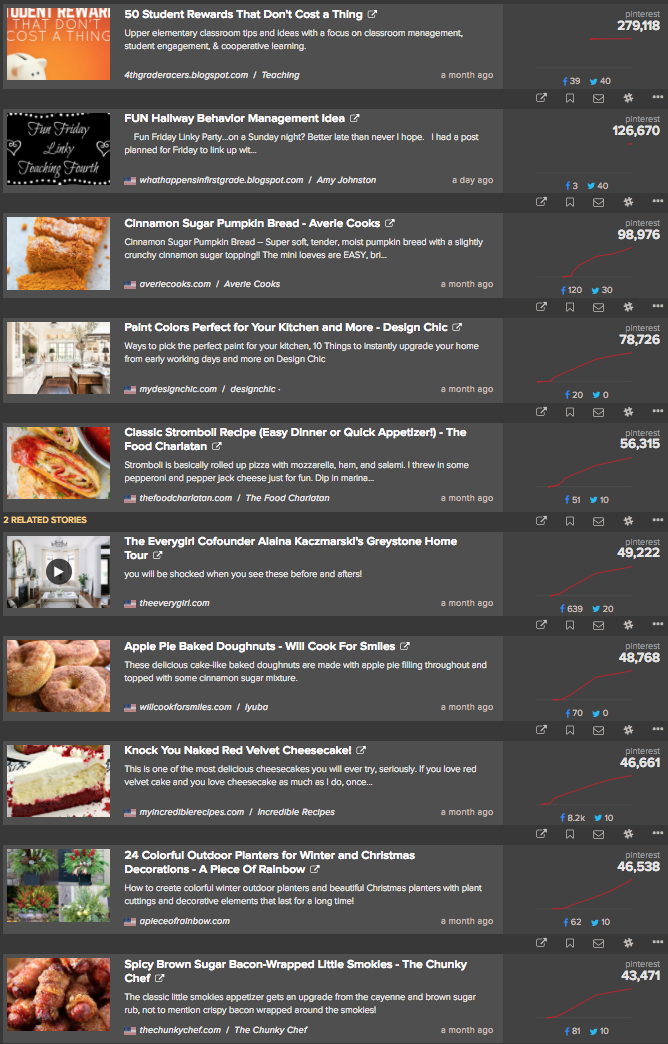Media
Does Facebook Have a Liberal or Conservative Bias? And Answers to Other Big Social Media Questions
Like many news stories of late, this one started with a tweet from the president. On September 27, Trump fired off an accusation that Facebook had always been against him. Facebook CEO Mark Zuckerberg responded later that day with his own post, writing: “Trump says Facebook is against him. Liberals say we helped Trump. Both sides are upset about ideas and content they don’t like. That’s what running a platform for all ideas looks like.”
Both of them are wrong.
Over time, social networks start to develop their own reputations based on generalizations about who uses each network and what they tend to share. LinkedIn is tailored for the wealthy professional. Twitter serves witty media figures. Even if these interpretations have some truth to them, it’s hard to back them up or refute them. Look no further than Facebook, which has become a homebase for conspiracy theorists, great aunts, politically active friends from college, and over 2 billion people in between. At this point, users can portray Facebook any way that suits them.
But are these stereotypes really accurate?
Using Newswhip, a new social media monitoring platform, I was able to analyze the top-performing links since September 1 across four major social networks: Facebook, Twitter, LinkedIn, and Pinterest. My goal was to dig deep and examine if our general preconceptions about social media networks were correct.
Does one political party dominate Facebook? Is Twitter a media echo chamber? Has LinkedIn become the best place for thought leadership? And is Pinterest really free of any controversial content? Read on to find out.
Facebook: Do liberal or conservative outlets reign supreme?
Plenty of people get their news from social media. According to Pew research, 45 percent of all U.S. adults do so via Facebook. The issue, though, is how one defines “news.” While both sides of the aisle continue to be upset about bias and favoritism, Newswhip data suggests content from conservative media outlets is more popular on Facebook than content from liberal outfits.
Since September 1, thirteen stories generated at least 1 million Facebook interactions; five came from conservative sites, one came from a liberal site, and the remainder lacked any overt political affiliation.

Facebook has no systemic bias against Trump or conservative content. It’s also clear that Facebook isn’t surfacing all ideas with equal weight, contrary to what Zuckerberg implied in his post last month. This may not be intentional, but the platform’s algorithm and user demographics have allowed fringe right-wing sites like Conservative Tribune and American Military News to go viral over established news outlets.
As TechCrunch writer Natasha Lomas points out, “Facebook’s business benefits from increased user engagement, and made-up stories that play to people’s prejudices and/or contain wild, socially divisive claims have been shown to be able to clock up far more Facebook views than factual reports of actual news.”
Takeaway: All users should be wary of filter bubbles. But judging by this data, the biggest filter bubbles are shaded red.
Twitter: Is it really a media echo chamber?
Until I looked in Newswhip to see which stories generated the most tweets, I had never heard of the Korean boy band BTS. Secretly, though, they’re the biggest thing on Twitter right now. Of the top eight links with the most shares on Twitter, five are about BTS. The top result, which has received almost 400,000 tweets, is just a link to the group’s album on Apple Music. I’m no K-pop scholar, so I’ll leave the BTS analysis to someone more qualified. But from a social media lens, the unusual results can tell us a lot about Twitter: The platform has a deep identity crisis.

Twitter has always struggled to find its niche. While all other major social networks constantly grow, Twitter actually lost 2 million active users earlier this summer. After the announcement, Pivotal Research analyst Brian Wieser wrote, “We’re not overly concerned by this trend, as we have always believed Twitter to be a niche platform.”
Niche is the key word there. Twitter is definitely a place where media professionals can pat themselves on the back while complaining about the death of journalism. It’s where high-quality stories from major publications like The Atlantic, the BBC, and The New York Times regularly take off. But the platform has also been co-opted by trolls, bots, propaganda machines, and the guy in the Oval Office.
These forces are all competing for a finite amount of attention among the 150 million or so daily active users. As a result, a number of different communities have emerged. If you have something interesting to say to a particular community, then there’s potential here. It’s just hard to pinpoint which niches are primed to grow, which is why there’s room for K-pop sensations to thrive. And GoFundMe pages. And a GIF of a Google Doodle.
Takeaway: Twitter has become a niche platform, which limits the ability of brands and publishers to go viral if their content doesn’t fall under certain categories or focus on certain topics.
LinkedIn: The true home for thought leadership?
LinkedIn has always had the potential to be a powerful content-sharing platform, but it’s never been able to compete with Facebook. It’s currently the social platform best known for thought leadership, which still counts for something. As the go-to center for professional advice and commentary, LinkedIn has reserves of evergreen content that attract a high-earning audience.

Per Newswhip, the top-performing stories have close to 50,000 shares. Some offer a lot of tips and tricks for the workplace. You can get insights about job interviews and life goals. There’s also an emphasis on hearing from executives, which presumably can give you a roadmap for how to be a successful leader. (There’s a little news mixed in, like this Forbes piece about Michael Dell’s hurricane Harvey relief fund, which was shared over 43,000 times.)
This level of engagement puts LinkedIn well below Facebook and somewhat behind Twitter and Pinterest. The way the platform functions has led to an unusual dilemma. All users have the option of publishing content natively, which could cannibalize the impact of an external article or video link. Richard Branson, for instance, posts some of his musings directly to LinkedIn but links to others published on the Virgin website. Bill Gates does the same thing, alternating between LinkedIn and his personal blog. You get the sense that influencers aren’t sure when to share natively and when to link to an external website.
All social networks want to prioritize native content since it keeps users engaged inside their walls. But when Facebook ramped up Instant Articles, it did so with a monetization model. In addition to selling ads, Facebook made it clear that news publishers were the intended users of Instant Articles. On LinkedIn, individuals just publish native blog posts.
For now, there’s arguably more upside for influencer posts than articles from media companies. Publications like The New York Times, The Wall Street Journal, and CNN use LinkedIn to distribute their content, but they mostly include links related to business news, the economy, and personal finance. Compare that to Facebook or Twitter, where the same publications can post everything they create and generate higher engagement. Until that dynamic changes, LinkedIn will continue to be a more powerful tool for thought leadership than for typical content distribution.
Takeaway: LinkedIn is a great platform for established influencers to communicate with an audience. But media companies and brands may have better luck elsewhere if traffic and engagement are their top goals.
Pinterest: Is it the only social network free of controversy?
In September, Pinterest officially crossed the 200 million monthly users mark–a nice milestone for a social platform that has seen consistent growth in mobile searches and international users. Pinterest now boasts a bigger user base than Twitter and LinkedIn. What’s really remarkable about these upward trends is Pinterest has been able to drive increased engagement while avoiding almost all controversial content.

The top pins of September and early October include links to student awards, tips on painting your kitchen, and lots of recipes for everything from red velvet cheesecake to cinnamon sugar pumpkin bread. Eleven pieces of content had at least 40,000 pins, and 27 links had at least 25,000 pins.
If there’s any nit to pick here, it’s that Pinterest is a home for content that looks and sounds the same. It’s confined to a few main categories without much variance. For example, a lot of the successful food bloggers use a similar tone to introduce their recipes. Same goes for the high-quality photography and short videos of their food. So it’s hard to tell what makes one recipe get more engagement over another. As a result, it might be harder for a newcomer to thrive on Pinterest over the sites that already have a loyal audience.
But in a polarized social media landscape, Pinterest has emerged as a safe space, where recipes for pumpkin bread and apple pie doughnuts can overpower any slanted coverage of the NFL’s national anthem protests.
Takeaway: Even if you know what you’re going to get, it’s nice that there’s a place you can go online to look at hot cakes instead of hot takes.
Image by iStockphotoGet better at your job right now.
Read our monthly newsletter to master content marketing. It’s made for marketers, creators, and everyone in between.




